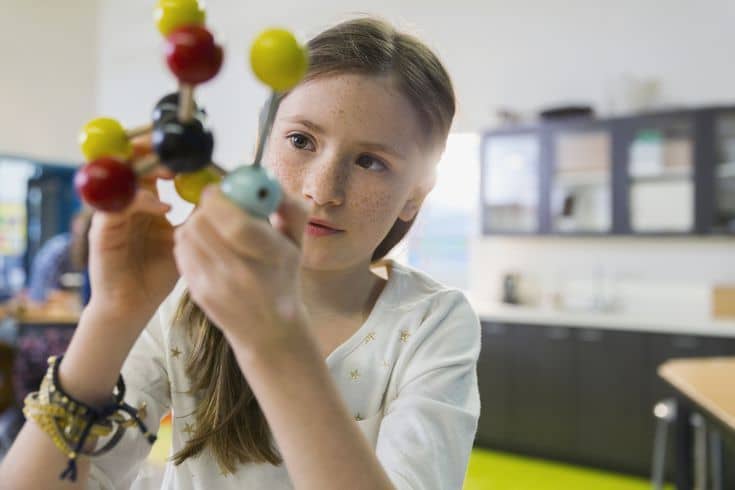Table of Contents
Visual learning is a method of education that emphasizes using visual aids, such as images, diagrams, videos, and other visual representations, to enhance comprehension and retention of information. It is based on the idea that individuals have different learning styles, with some people being more receptive to visual stimuli than auditory or tactile cues.
In a world where technology plays an increasingly significant role in education, visual learning has emerged as a powerful tool for engaging students and facilitating deeper learning experiences. By harnessing the power of visuals, educators can cater to the needs of visual learners and create dynamic, interactive lessons that resonate with students of all ages.
The Rise of Visual Learning

In recent years, there has been a growing recognition of the importance of visual learning in educational settings. Research has shown that visual aids can improve learning outcomes by making complex concepts more accessible and reinforcing understanding through visual memory.
With the proliferation of digital devices and multimedia resources, educators have more tools at their disposal than ever before to incorporate visual elements into their teaching practices. Technology has revolutionized how we learn and teach, from interactive whiteboards and educational apps to virtual reality simulations and online tutorials.
The Next Big Thing in the Visual Learner Industry
As technology continues to evolve, the future of visual learning looks brighter than ever. One exciting development is the integration of artificial intelligence (AI) and machine learning algorithms into educational platforms. These advanced technologies can analyze individual learning styles and preferences to personalize the learning experience for each student.
Imagine a future where AI-powered tutors can create customized lesson plans tailored to the specific needs and interests of visual learners. These virtual tutors could leverage data analytics to track student progress, identify areas for improvement, and provide real-time feedback to enhance learning outcomes.
Another emerging trend in the visual learner industry is the use of immersive technologies, such as augmented reality (AR) and virtual reality (VR), to create immersive learning experiences. These technologies transport students into virtual environments where they can interact with three-dimensional objects, explore complex concepts, and simulate real-world scenarios.
By harnessing the power of AR and VR, educators can bring abstract concepts to life and engage students in ways that were previously unimaginable. Whether it’s exploring the human body in VR or conducting virtual science experiments in AR, these immersive technologies have the potential to revolutionize education and make learning more engaging and interactive than ever before.
The future of visual learning is filled with exciting possibilities. With advancements in technology and a growing understanding of how individuals learn best, educators have the tools and resources they need to create dynamic, immersive learning experiences that cater to the needs of visual learners. As we embrace these innovations, we can look forward to a future where education is more accessible, engaging, and effective for students of all ages.
Discover more from KillCheap
Subscribe to get the latest posts sent to your email.


